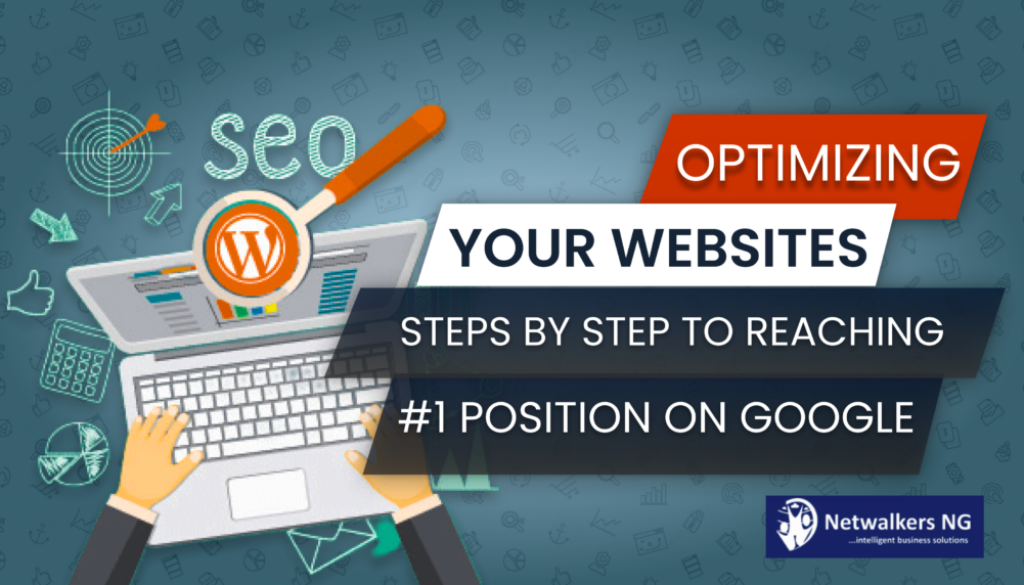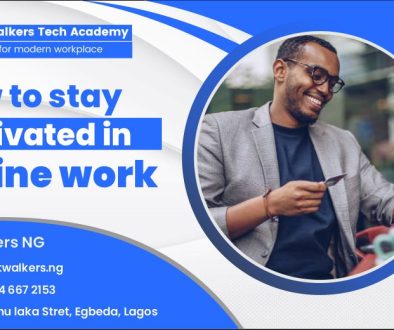OPTIMIZING WEBSITES: THE STEPS BY STEP GUIDE TO REACHING THE # 1 POSITION ON GOOGLE
Do you want to get maximum visibility on Google, optimize your website for Google SEO, and increasing the traffic on your site? Do you want to beat the competition online? You are in the right place! In this article, you will find a simple and clear guide on how to optimize websites, which will allow you to get the # 1 position on the search engines.
A website, however graphically appealing, will not be able to become an effective tool for your company if it is not properly optimized on search engines. It is very important to rank on #1 on SERP (Search Engine Render Page) to achieve your online success, for this reason, that it is necessary to apply specific techniques to make sure that your site is considered “quality” by these channels and gets a high ranking.
Contents
- 1 WHAT DOES IT MEAN TO OPTIMIZE A WEBSITE FOR SEO?
- 2 # 1 TECHNICAL SEO: THE REQUIREMENTS FOR HAVING A GOOD SITE
- 3 HOW DOES THE SEARCH ENGINE WORK?
- 4 ROBOTS.TXT
- 5 SITE MAP
- 6 PREVENT DUPLICATE CONTENT
- 7 REDIRECT 404 ERRORS
- 8 USE META TITLE AND META DESCRIPTION
- 9 INBOUND LINKS
- 10 # 2 USER-SIDE SEO: TACTICS FOR SATISFYING VISITORS
- 11 LOADING SPEED
- 12 MOBILE-FIRST
- 13 BAD SITE ARCHITECTURE (UX)
- 14 # 3 SEO ON THE CONTENT SIDE: VALUABLE CONTENT AND BETTER POSITIONING
- 15 THE BLOG
- 16 CONTENT FOR USERS
- 17 THE ORIGINALITY OF THE CONTENTS
- 18 IN CONCLUSION…
WHAT DOES IT MEAN TO OPTIMIZE A WEBSITE FOR SEO?
Before going into detail and understanding what you can do to make your website rank on Google and other search engines, it is good to know the meaning of “SEO and how website optimization works”.
Optimizing a website means first of all following the rules. SEO – Search Engine Optimization -, as it is defined, includes a series of tactics aimed at increasing the ranking (positioning) of a website on the search engines, these techniques are mainly based on search engine algorithms, ie those “requirements” that they pursue to establish whether a site can be considered of quality or not and therefore to establish its positioning or ranking.
What is the biggest difficulty in doing SEO? The fact that this strategy is mainly based on unwritten and not even spoken rules. No one, apart from those who work within search engines, knows exactly how the algorithms they are made up of work. Moreover, as if that were not enough, Google and the other search engines enjoy periodically changing the cards on the table: algorithmic updates are undoubtedly the worst nightmare for SEO Specialists and all those who, with commitment and dedication, give away to strategies for optimizing websites.
So you will have understood what SEO means and why it is so difficult. However, you may miss now the reason why it is so important to optimize your website: all the effort made to follow this strategy carefully and consistently is undoubtedly paid off. SEO allows you to be found exactly when a user shows a problem. Try to imagine selling jewels and being able to get the # 1 position in search of the keyword “women’s jewelry”: you would get maximum visibility in front of a multitude of women looking for new jewels, thus reaching new potential customers. As if that weren’t enough, being in the # 1 position allows you to beat your competitors, making them lose a good slice of visibility on Google which will consequently benefit your business.
An example of what you can do with SEO? Try searching for “free SEO tools” on Google: Moz will appear in # 1 position out of nearly 150,000,000 results:
Do you want to get the same result? Continue reading this guide. If you don’t feel ready for the next steps yet, don’t worry! We have thought of some articles intended just for you:
- Misconceptions most people have about digital marketing [truth included]
- 7 Myths And Truth Of Websites
- 2021 Digital Marketing Strategy You Should Consider
- Top tools to increase your online sales
Having said that, let’s begin to dive into the complex and fascinating world of SEO.
# 1 TECHNICAL SEO: THE REQUIREMENTS FOR HAVING A GOOD SITE

Most of the websites online will almost certainly not be ready immediately to be optimized on search engines. Do not worry, however: it is normal, as the average web developer knows perfectly how to program a site and how to add multiple features, but does not have in-depth SEO skills. This is why, normally, the SEO Specialist or SEO Consultant, offers you a complete overview of your site regarding any technical problems.
HOW DOES THE SEARCH ENGINE WORK?

First of all, it is good to be clear about the steps that a search engine takes on your site to understand if it can be considered of quality or not and, therefore, which positioning to offer it:
- The robots – spiders – of the search engine perform an analysis of the site, which is defined as “crawling“;
- The information obtained is indexed, that is, made present on the search engine
- There is the positioning phase, which is precisely called “ranking“, for a specific keyword.
Once you have clarified, in a very general way, how search engine spiders work and how the end decides in which position to place you, it will be time to check that the technical requirements are fully satisfied. Below you will find the main information to take into consideration in this first phase of work for the optimization of the website.
ROBOTS.TXT

The most important thing to do when you are at the beginning of your journey is to be able to make the pages of your site viewable by the “spiders” of search engines. If Google fails to carry out the analysis and, therefore, to index your pages, you will have no hope of appearing on the search engine, much less of positioning yourself well and accessing the benefits of SEO on websites. This is possible by creating a robots.txt, a very common text file that will be placed in the root folder of your site. It works as a guide for the spiders who visit your site, as from there they can understand which pages they can view. and which ones not (the ones you don’t want to be indexed and, therefore, appear on search engines). Don’t underestimate this document: a serious and competent SEO Specialist usually first checks the information contained in your robots.txt, to verify that everything is in order.
By analyzing your robots.txt, you may find that you have unintentionally blocked access to spiders for pages you would like to rank for. Or, you may find that pages that aren’t that important to you have been indexed.
SITE MAP
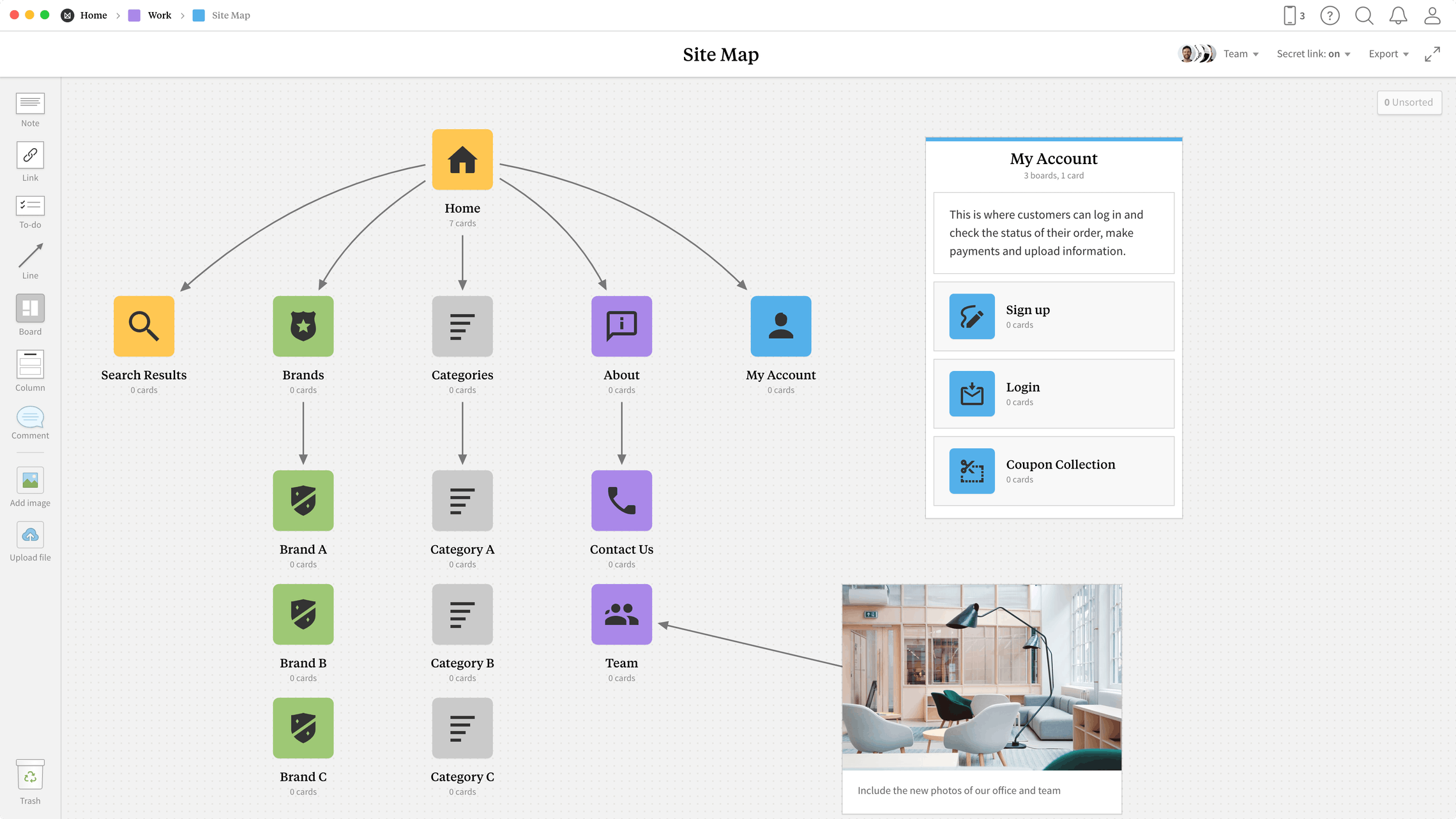
We have just said that the control of the robotx.txt represents the first step for SEO optimization. This is usually followed by the creation of a site map. Do you know the index of a book? Well, the site map works the same way, presenting to the spiders which pages and what kind of menu your site is made up of. In this case, it is a page of the website, which may still be invisible to the user’s eyes.
What can a site map do when a spider is so advanced that it can obtain all the information for itself? This factor can be considered “additional”. However, it is good to specify that helping spiders to understand the functioning and characteristics of your site can help you favor indexing of pages in a particularly short time and, therefore, start your SEO strategy as soon as possible.
PREVENT DUPLICATE CONTENT
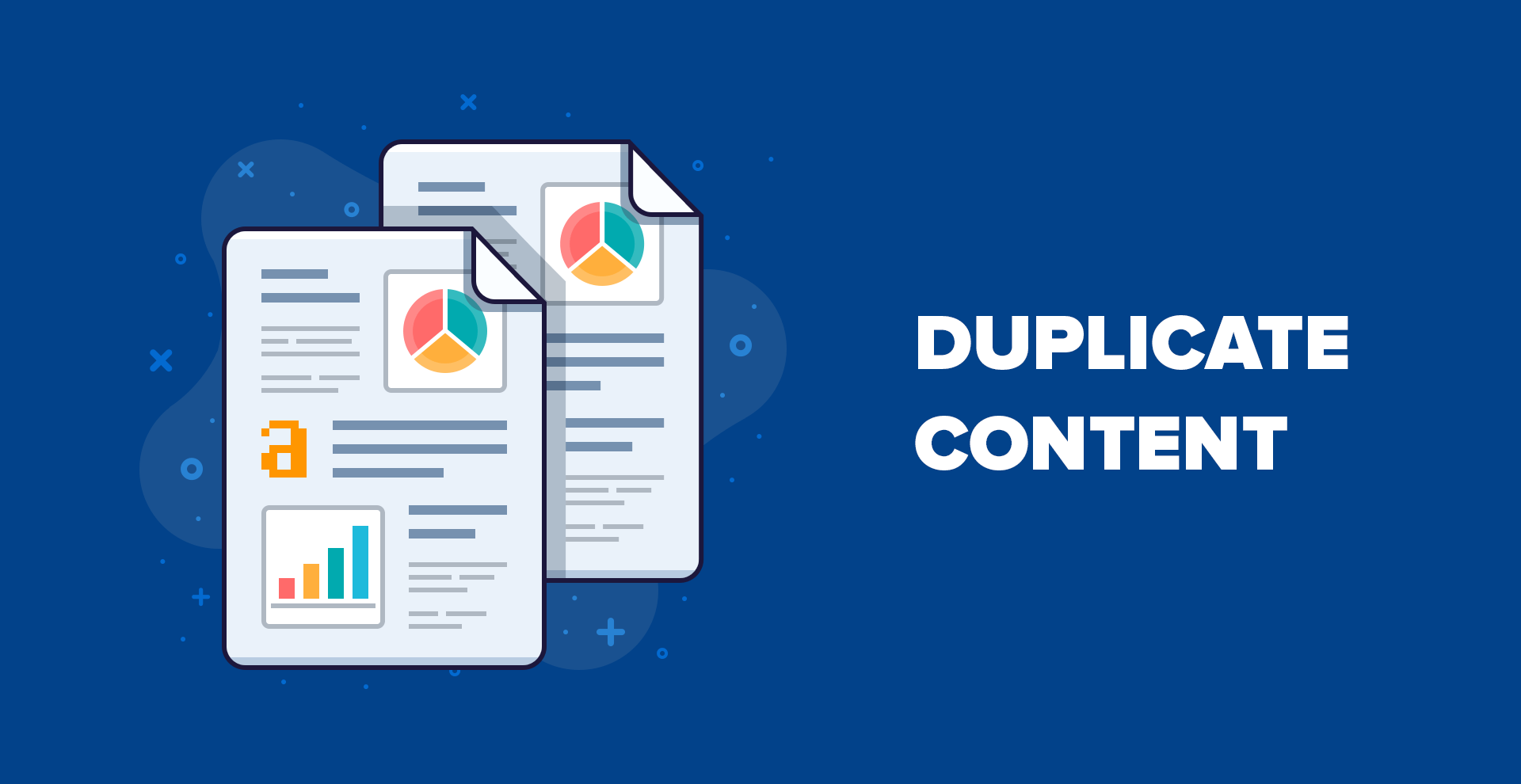
After making the spiders ‘job easier, you should check that you haven’t fallen into one of the main traps of amateur SEOs: duplicate content. Especially in the cases of online shops that resell products supplied by other brands, it is easy to see how often the same text as that provided by the retailer is used as an item description. An example?
In this case, it is clear as day that Unieuro used a text already present on the web to create the product description. Do you want proof? Let’s copy-paste a couple of lines of the description and insert it as a Google search:
Well, while copying and pasting may seem like the smartest thing in terms of time, it is also true that Google rates duplicate content very negatively. These can be identical passages present within the same site (for example, the same text for multiple Huawei products) or passages are taken word by word from other sites. The search engine in these cases heavily penalizes those sites that lack “originality” in their content.
What can you do if you have run into this error? There are 2 solutions: the simplest concerns the creation of completely original content for your page or your product, which differs from the one already existing on another page or from that of a third party site. Alternatively, you can use the ” canonical URL” to let Google spiders understand which page you prefer gets a better ranking.
To define the “canonical” page, so that it is understandable to search engines, you just have to add an element that contains the rel = canonical and the href of the url inside the< / head> of your page. For example: Similarly, the same canonical will be used for “secondary” pages, those that have similar content to your canonical page: “www.example.com/example2/” will have as canonical “www.example.com/example/”.The canonical is a small element, too often underestimated, but which can make a difference in your online business.
Do you want to reach the #1 position on Google? Talk to NetwalkersNG
REDIRECT 404 ERRORS
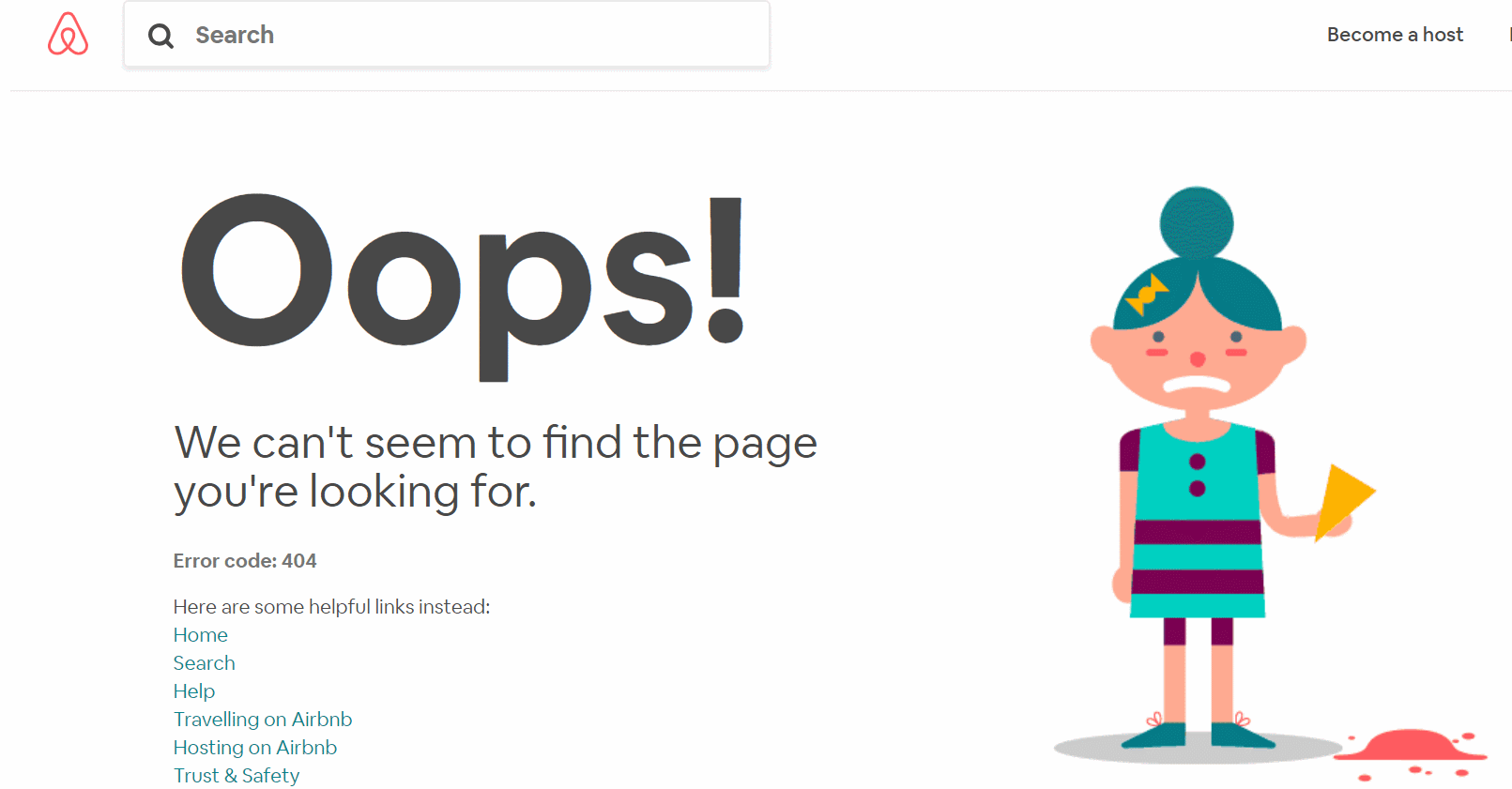
Have you ever clicked on a link and ran into a 404 error? Both on the user side and the SEO side, there is nothing more annoying than waiting for a page to load that, in reality, does not exist. Yes, because the 404 error appears when the client is able to communicate with the server, but the server cannot find what has been requested.
When can 404 errors occur on your site appear? Here are some situations:
- The user types the URL incorrectly ;
- You have deleted a certain content without redirecting;
- You entered the wrong URL in a link.
How can you tell if there are 404 errors on your site even before the search engine decides to punish you for it? You can take advantage of the Google Search Console, a tool that the Mountain View giant makes available to you for free to carry out an in-depth analysis on your site. Just log into the console and look for so-called “ scan errors“. Once you get the list, you can create redirects to other pages to avoid disappointing both Google and the user with 404 errors.
USE META TITLE AND META DESCRIPTION
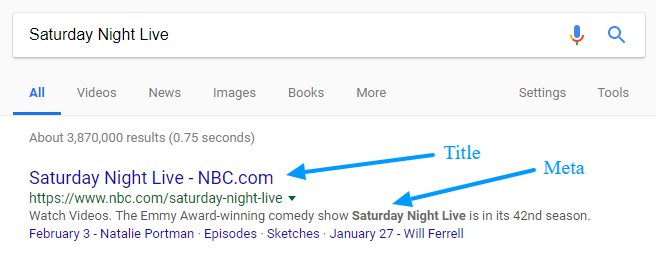
The so-called meta title & meta description are fundamental both on the SEO side and on the user side: on the one hand, they help search engine spiders to understand which keyword you want to rank for; on the other hand, instead, they show a preview of the page content to the user who searched for a specific keyword.
If you haven’t thought about it yet, do it now: create meta titles and meta descriptions for each page of your site. It is unlikely that a page without these 2 essential elements will be able to obtain a high ranking, even if inside it will be composed of original and high-quality content.
If you want to know which pages of your site you have not yet optimized utilizing meta titles and meta descriptions, you can use specific tools. From Ahrefs, which performs an in-depth analysis of each URL to understand the SEO optimization level of the site. When drafting the meta tags, however, do not forget to keep in mind 2 rules of undoubted value:
- Entering the keyword for which you want that page to be ranked;
- The maximum limit of characters that the search engine offers you: we are talking about 65 characters for the meta title and 155 characters for the meta description.
INBOUND LINKS

To get a high ranking, it is necessary to gain credibility in the eyes of the search engines. Normally, when you apply for a job position and want to give a sense of trust to the owner or HR manager, you bring with you one or more signed reference letters: having someone who speaks well of you is an ace in the sleeve of those who want to get the job. Well, search engines think exactly like this: to gain authority before their eyes, you have to make sure that other sites speak well of your company or your articles, by linking to your pages.
This branch of SEO is called ” link building” and is particularly important because it allows you to make others testify that your site is of quality. But what happens when the referrer for the candidate (for example, his former employer) is not a reliable person? The new owner does not take this reference into account or, even worse, takes it into account in a negative way. Here, even in this case, this is exactly how search engines behave.
Getting backlinks (i.e. inbound links) from untrustworthy sites is highly unproductive to your site, which could see your optimization efforts vanish due to a penalty. For this reason, it is essential to periodically check the performance of your backlink acquisition strategy for SEO and, if necessary, take prompt action to remove those links that are defined as “harmful”.
To carry out a link audit, ie an analysis of incoming links, you can still use the Google Search Console and click on “link”. Here you will find the URLs that lead to your site and you can determine whether or not they can represent an added value for you. When analyzing, take into account:
- Visibility of the site on search engines. A poorly optimized site will almost certainly not positively affect your ranking;
- The relevance of the starting site with your core business. A pastry site that links to a mechanics site will not be considered by search engines
Once you have established which backlinks can become toxic to your SEO strategy, delete the links using the Disavow tool, also from Google. Here you can select your site and upload a list in .txt format, within which you will present all the incoming links you wish to block.
# 2 USER-SIDE SEO: TACTICS FOR SATISFYING VISITORS

It is useless to go around it: simply respecting the technical requirements imposed by search engines is not enough to be able to say that you are right with your conscience. SEO is much more and it also concerns the degree of satisfaction of the user who enters the site. In fact, to achieve a high ranking or maintain it over time, you must make sure that whoever clicks on your result does not flee at the speed of light. The so-called ” User Experience”, ie the experience that the user experiences when he enters your site, is of considerable importance for search engines. To satisfy your visitors you will therefore have to respect further technical aspects.
LOADING SPEED

Nobody likes getting old while waiting for a site’s page to load. In the era of fiber optics, 4G and even 5G, it is unthinkable to offer a good browsing experience to the user without paying attention to the loading speed of the site.
Several tools give you a comprehensive overview of your site’s performance. An example of these is made available by Google itself: it is Google PageSpeed Insights, which in addition to providing you with a percentage of the loading speed of your pages, also presents you with tips to optimize them.
Below you can find some tips to make your site more performing and, consequently, of higher quality in the eyes of search engines and your visitors:
- Reduce the size of the images ;
- Minimize the number of redirects;
- Compress the pages of your site in GZip format. Subsequently, the browser will take care of decompressing the pages to present them to users;
- Enable browser caches for pages that have the same file. This way, for example, your company logo will be stored locally, and won’t have to request a new reload at every page change.
By guaranteeing greater usability of your site, you will increase the average length of stay of the visitor on it. This will result in the acquisition of greater authority in the eyes of search engines and, at the same time, in reaching a greater number of potential customers for your company, i.e. users who will contact you.
Do you want to reach the # 1 position on Google? Talk to NetwalkersNG now
MOBILE-FIRST

An increasingly large number of users surf the internet from mobile devices: tablets and, above all, smartphones. This is a habit of recent years, while once those who owned a site had to pay the utmost attention to desktop viewing, alongside this, today, yes combines the mobile one, to further complicate everything. Just to follow this concept, in March 2018 Google launched the so-called “ Mobile-first index ”, indexing that gives priority to contents that prefer smartphone viewing.
It is likely that the web developer to whom you have entrusted the project for the creation of your site, if competent, has already implemented all the specific precautions to make it mobile-friendly. However, if you notice any problems from a mobile device, it is good that you solve them as soon as possible: the search engines, precisely by this new trend on the part of users, have decided to penalize those who have not yet adapted and to reward, on the other hand, those who paid attention to these aspects, consequently also improving the User Experience.
As for the loading speed, even for mobile viewing, there are tools that show you what you can do more than what you are already doing. One of them is the Google mobile-friendly test: by entering the URL of your site, Google will provide you with all the data linked to it, as well as suggestions to improve it further.
BAD SITE ARCHITECTURE (UX)
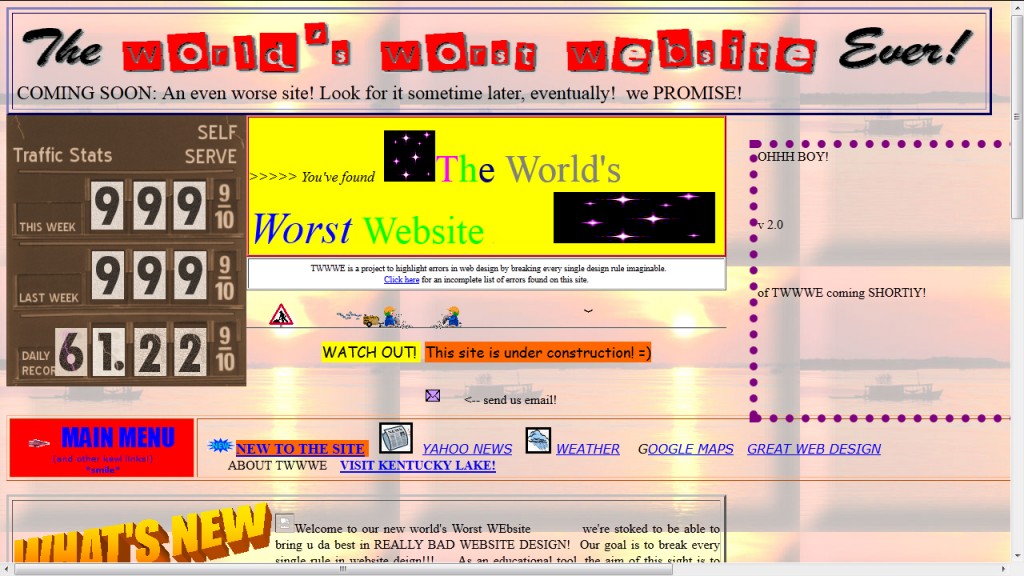
Another aspect to focus on for the optimization of your site concerns the creation of a bad architectural structure for the user. Try to imagine arriving in an unfamiliar city and not having directions or reference points to get to the center. You would feel a little lost, lost, right? Here, according to search engines, the user who enters your site and cannot understand where he can find the information he is looking for feels exactly like this. And as a result, your site doesn’t deserve the # 1 position.
Think of your site as the best way to respond to your potential customers and create an architecture that allows for easy navigation. This element is so important (even if still today it is often left in the background) that, normally, the SEO Specialists start the strategy by studying the organization chart of the site, that is the hierarchy of the navigation menu. In this way, they can channel the keywords relevant to the core business into the bearing pages and, in the same way, make the user experience (UX) within it more smooth.
# 3 SEO ON THE CONTENT SIDE: VALUABLE CONTENT AND BETTER POSITIONING

Content marketing has strong power. Any site, even the most beautiful and intuitive, if lack of content is hardly able to bring results: neither visitors from search engines nor the conversion of these into customers of the company. This is why, after having satisfied all the technical and user-side requirements, you must continue the optimization strategy through the creation of effective content. You will almost certainly know that SEO has long-term goals and lasting results. However, to ensure that you achieve your goals and to ensure that your presence on search engines is truly relevant, you must do even more.
THE BLOG

What started as an “electronic diary”, over time has taken on more and more value, becoming an indispensable tool for any type of business. It is difficult to think of obtaining ranking without opening your company blog. What is it and why is it so important?
Each site is made up (or rather, it should be made up) of a static part and a dynamic part. In the first case, we are talking about the pages that present in detail the products and services of your company. These pages are precisely defined as “static” because they do not undergo periodic changes, except in the case of a restyling of the site. In the case of the dynamic part of the site, we specifically mean the blog: it is a section in which fresh, interesting, and useful news for users is continuously inserted.
Keeping a blog is essential for those who want to do SEO seriously, but it must be an activity carried out with the knowledge of the facts. It must begin with an analysis of the SEO keywords for which you want to rank your company. This step is essential to ensure that the questions and searches posed by users are met exactly, thus avoiding walking blindly “in the hope of being able to attract their attention”.
When the analysis of the keywords connected to your core business begins, using specific tools such as the Google Ads Keyword Planner, you must specifically take into account:
- Buyer Persona, i.e. your target audience. You must have a clear understanding of the type of consumer you are targeting before you can show up to your people searching for your services on search engines. For instances, if you sell toolboxes, you will have to devote your efforts to mechanics and plumbers and not to cooks and pastry chefs;
- Search volume. We are talking about the average monthly visit volume of a keyword. Perhaps it is the most important data of all because trying to position yourself for a keyword that does not have a search volume (ie it is not searched by the user) means investing time and money in an activity that will never produce fruit. Your content, however beautiful it may be, will not be seen by the consumer;
- Competition level. Even if those who initiate a quality content marketing strategy should not fear the competitors too much (over time they will manage to emerge), but it is still important, especially at the beginning, to opt for keywords that do not have a number. high of results already placed. How can you find out what the average level of competition is? The simplest method is to type the keyword into Google and pay attention to the words “About …. results”.
After identifying the Buyer Persona and the keyword, we then researched the level of competition:
This number was particularly high (we usually opt for keywords with several results below a million), but after reading our competitors’ articles and thinking about new ideas to create a higher-quality blog post, we had therefore thought to embark on this challenge. The rest is history: just search for “SEO Consultant” on Google.
Only by creating a blog marketing strategy that takes into account all the aforementioned aspects is it possible to reach the much-desired # 1 position for a large number of keywords. The blog allows being visible for a particularly wide range of keywords, for which one could hardly appear only with static pages.
Do you want to know more in-depth how to choose the right keywords for your company? Here is the video we have prepared for you:
VIDEO HERE
Do you want to reach the # 1 position on Google? Talk to NetwalkersNG now.
CONTENT FOR USERS

It is good to remember when it comes to content marketing that, even if the focus must be on SEO, you are not writing for search engines, but users. In addition to attracting new visitors to the site – a noble goal – you will have to subsequently convert them into potential customers to obtain an economic benefit from your site optimization strategy. You can only achieve this goal by keeping in mind that your point of reference is always the consumer.
Just to trace the hand on this concept, for some years now the search engines have looked with suspicion at those who try to “deceive them” to reach the # 1 position more quickly: they are those who keep repeating the keyword within the text, even where this is not necessary; these are those who try to position themselves for keywords that are too similar and those who insert too many link anchors rich in keywords. Search engines aren’t stupid – I think I’ve proven this to you several times throughout this article – and they understand when an entire site is built on them and not on the user, who should be the real recipient.
My high school literature teacher often repeated the Latin motto“ Melius abundare quam deficere ”, which in Italian is roughly translated as “better to be abundant than to be scarce”. He was not completely wrong if he referred to the length of a theme, but on the SEO side, this motto must be eradicated in order not to incur the so-called over-optimization. Therefore, avoid writing articles aimed solely at search engines and instead focus on the user’s need: what does he want to find in your article? What is the question that prompted you to search for that particular keyword? What is his “stomach ache”, his problem, the one to which you will have to find a solution? Before even looking for SEO positioning, propose blog posts that represent exactly what you would like to find if you were looking for information on that particular topic.
THE ORIGINALITY OF THE CONTENTS

Another aspect of content marketing that all search engines consider particularly relevant concerns the originality of the texts you write. We are not talking about duplicate content here (which we have already explored in the previous paragraphs), but about what your blog posts have to offer more than those of the competition.
It is indisputable that proving that you are the best is essential to obtain the # 1 position in the competition. For this reason, if on the one hand throwing your eye on the blog posts and static pages of your competitors can help you better understand their moves and the points on which they focus, on the other hand, you have to offer something more. It focuses on originality, on additional information compared to what the average consumer can easily find with a quick search. Try to differentiate yourself when writing content, style, and images. Only in this way will you be able to obtain greater credibility in the eyes of the consumer and, at the same time, of the search engines.
IN CONCLUSION…
In this article we have seen how to optimize websites for search engines: nowadays it is essential to be present actively and effectively on search engines to attract the attention of a wide audience, made up of thousands and thousands of people who every day show problems related to your core business.
To conclude our blog post in the best possible way, I would like to present you with the periodic table of SEO factors created and periodically updated by Search Engine Land, which contains some of the concepts we have expressed in the previous paragraphs.
It is created based on Mendeleev’s much more famous periodic table of chemical elements, the aspects that search engines consider relevant in a site are highlighted:
- The content
- Architecture
- HTML
- The authority
- The links
- The User Experience (UX).
Only by taking into account all these aspects will you be able to build a 360 ° SEO strategy for your company, thus reaching new potential customers and therefore new sales opportunities. Still not feeling ready to go through all this alone? Do not worry! We are here for this! Click here and let’s talk about how to grow your project.

